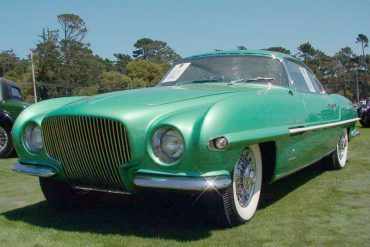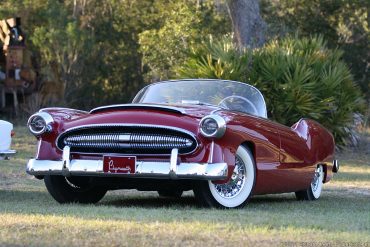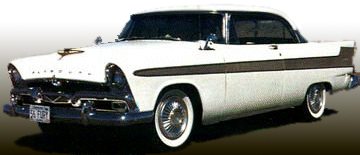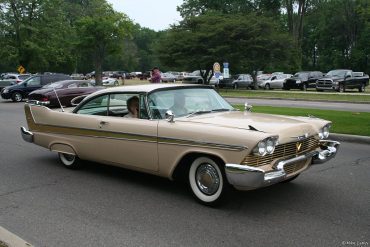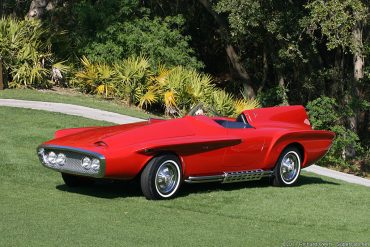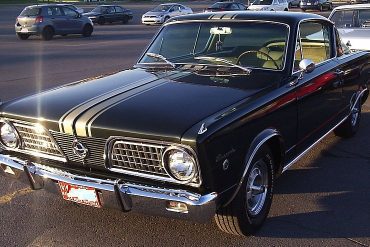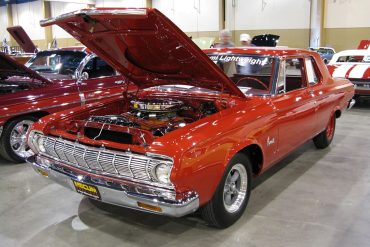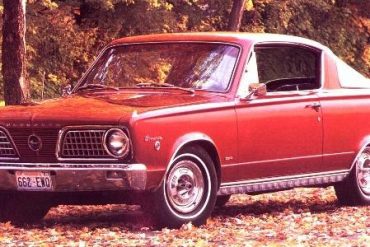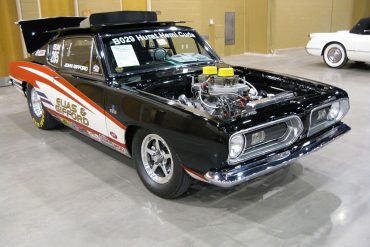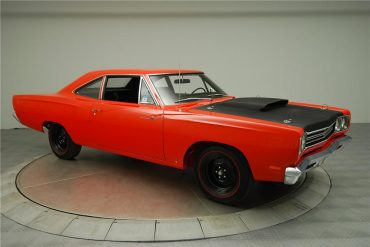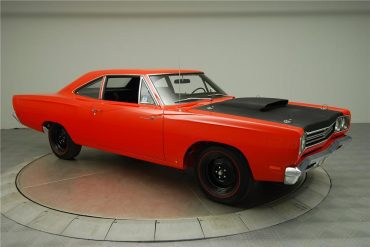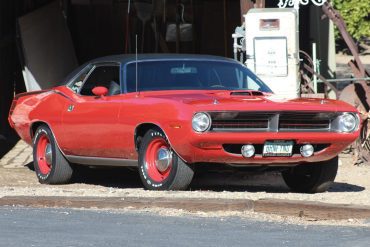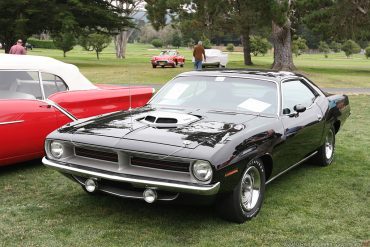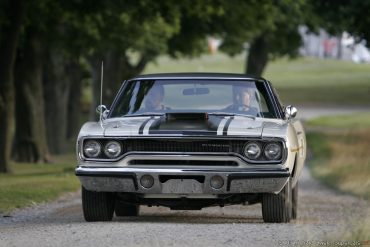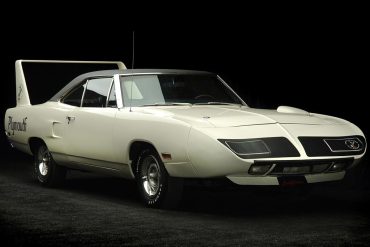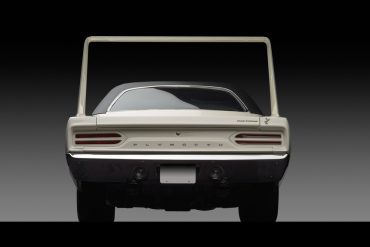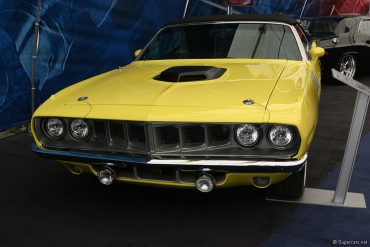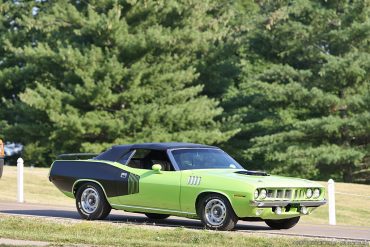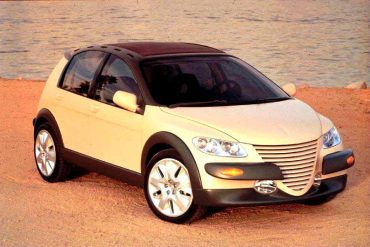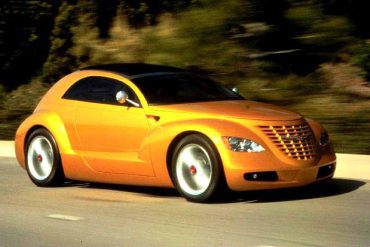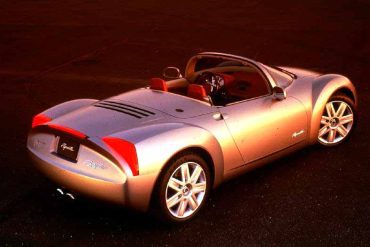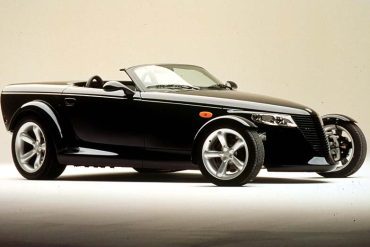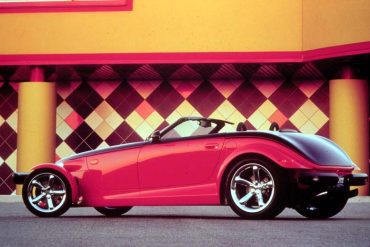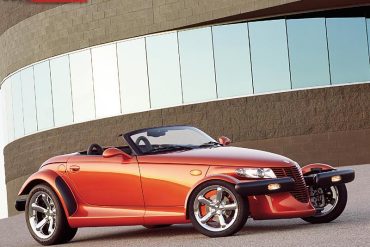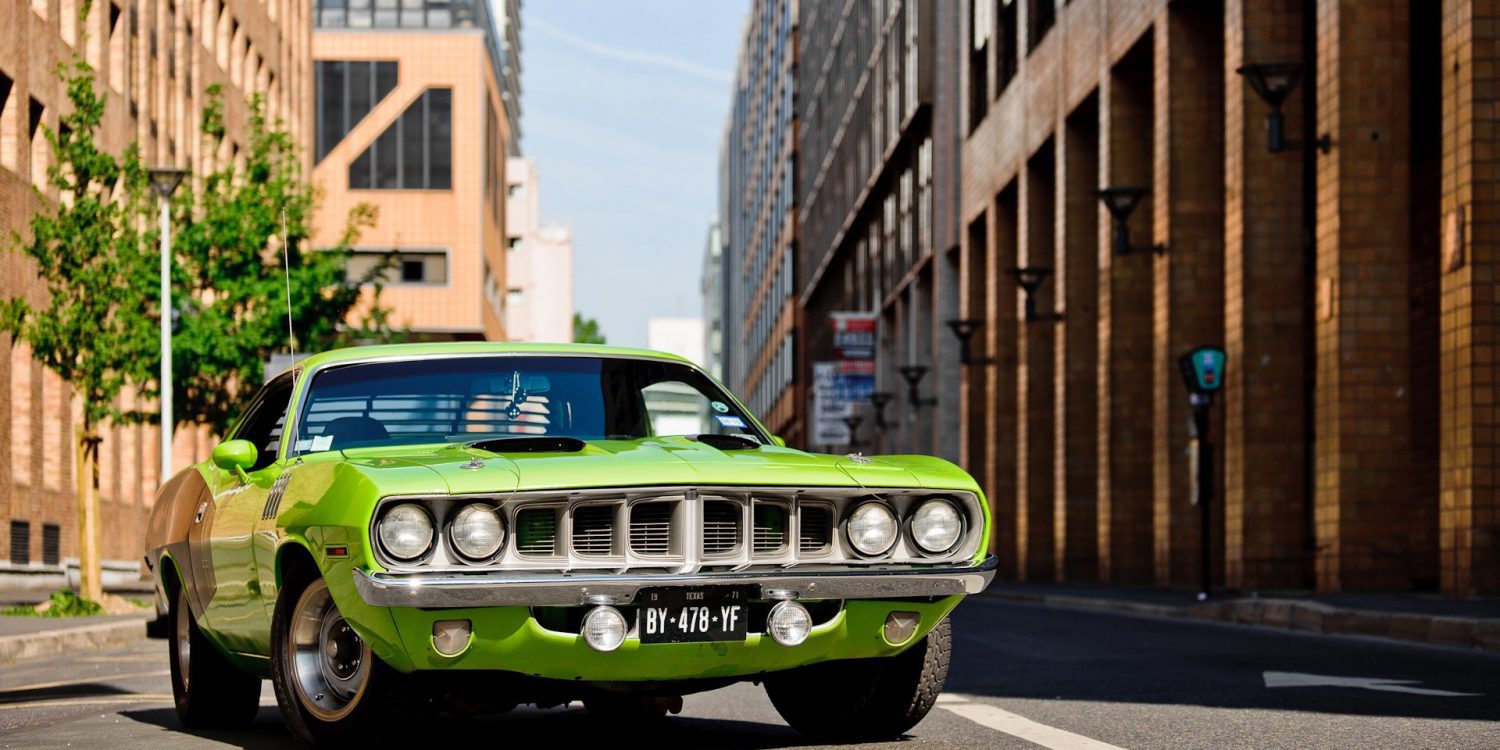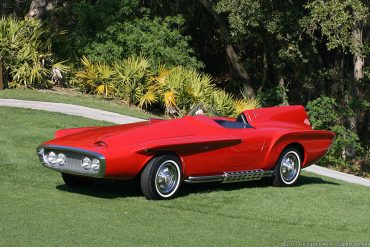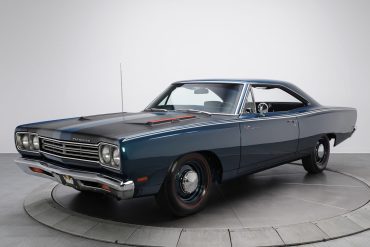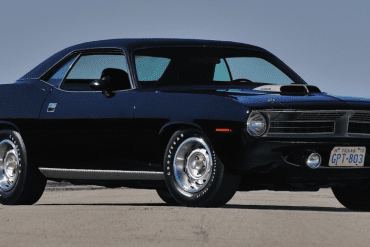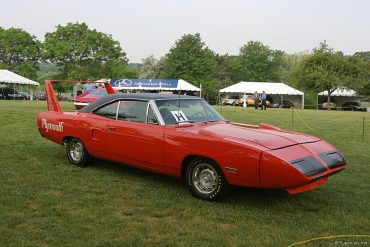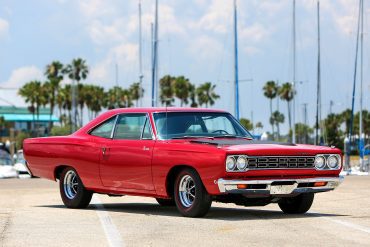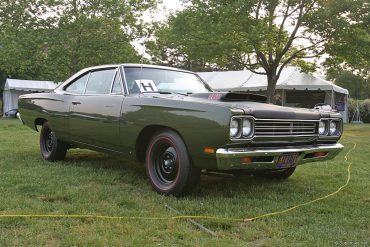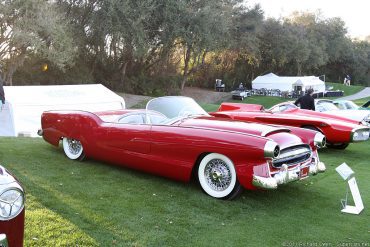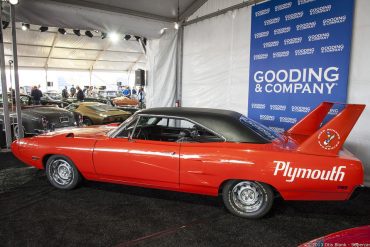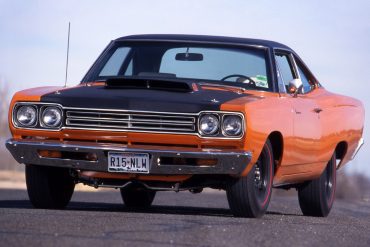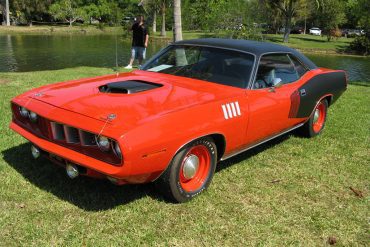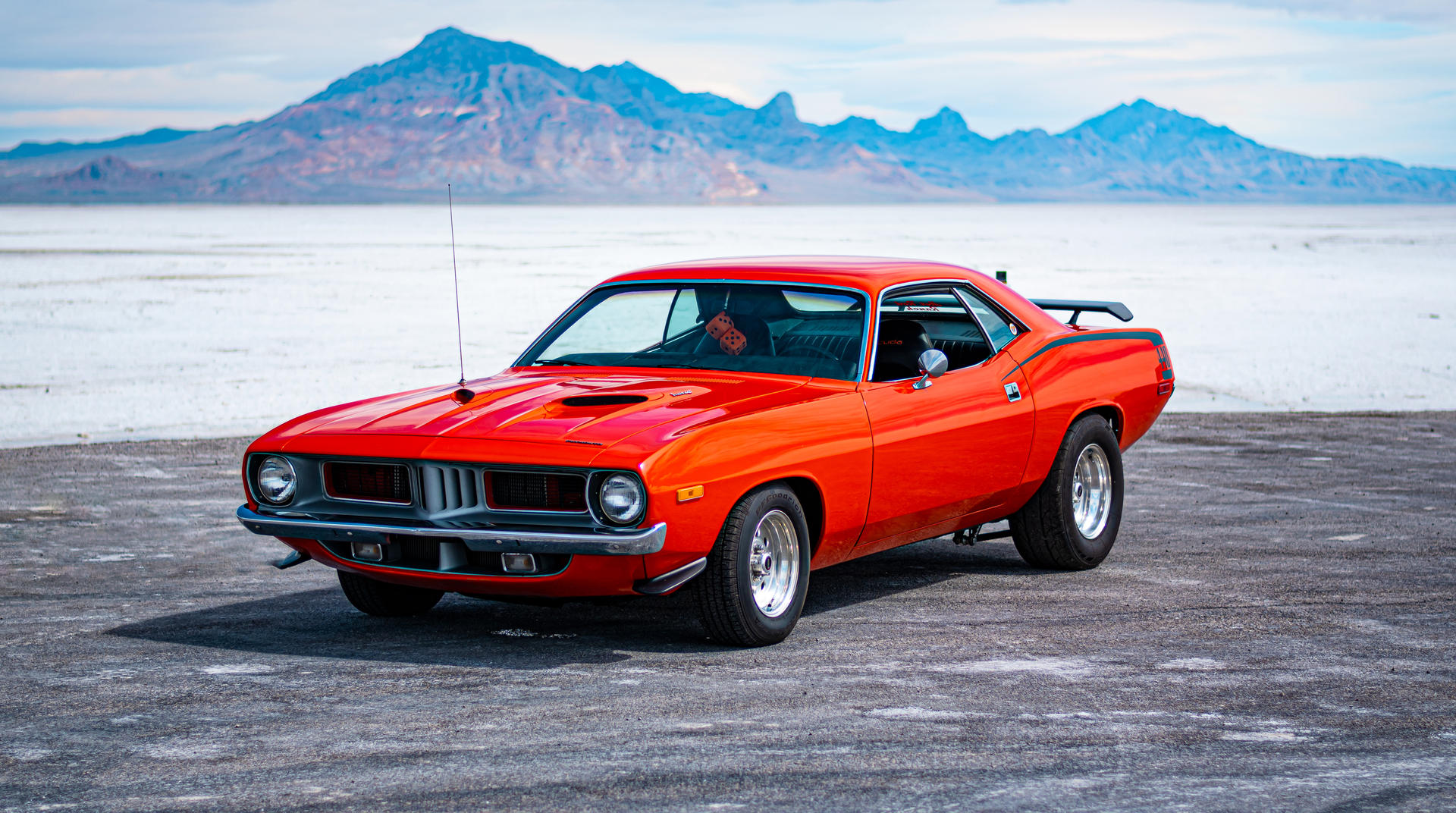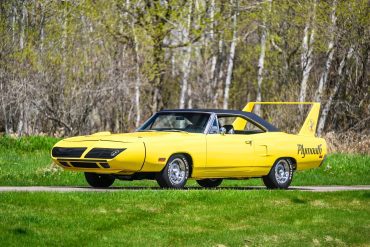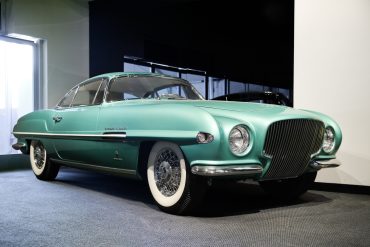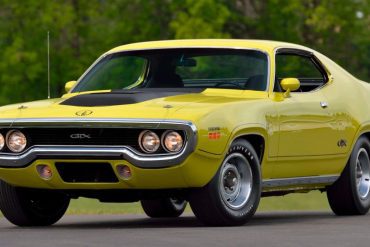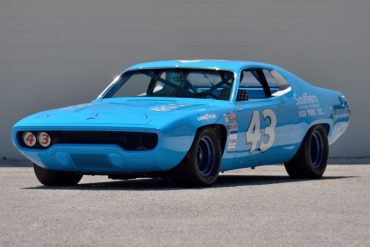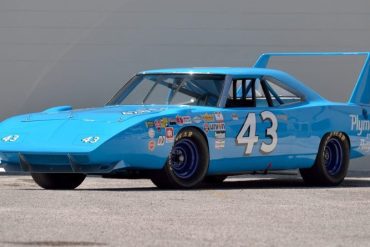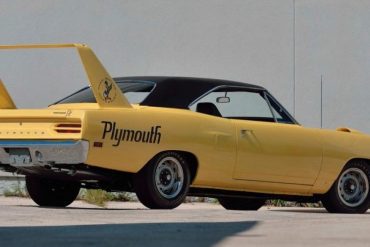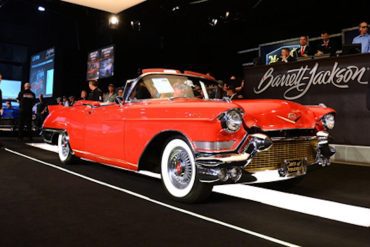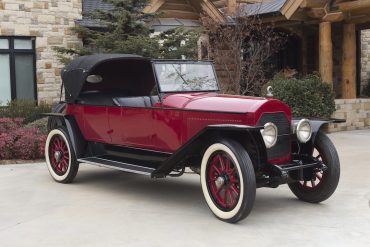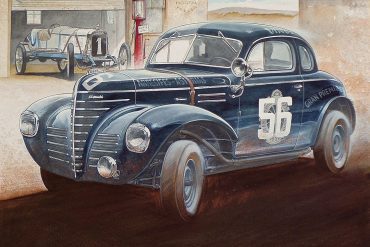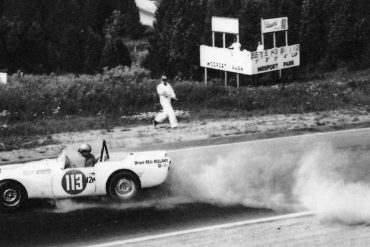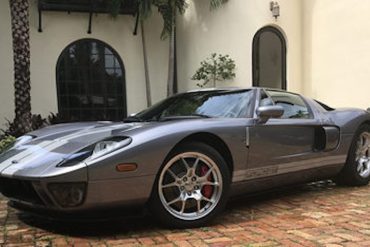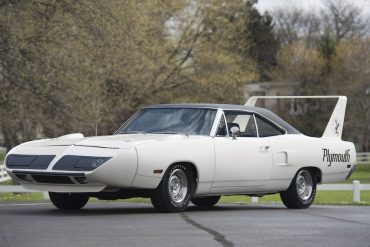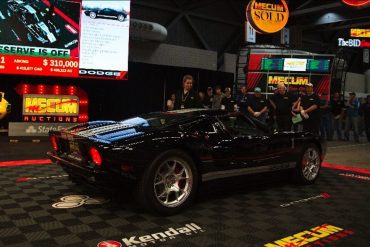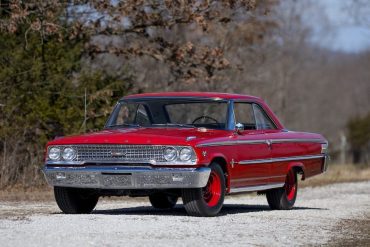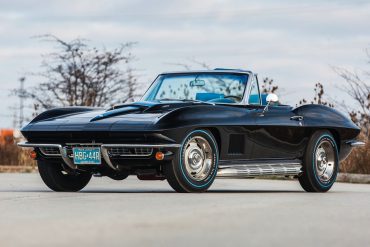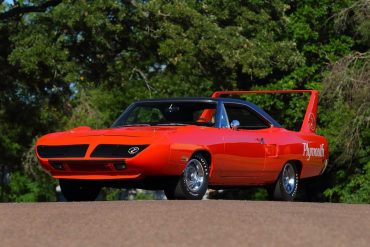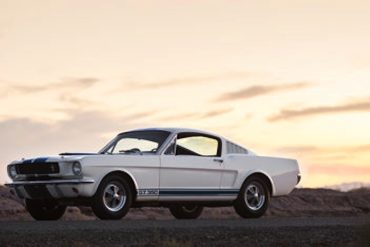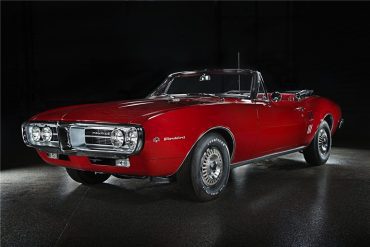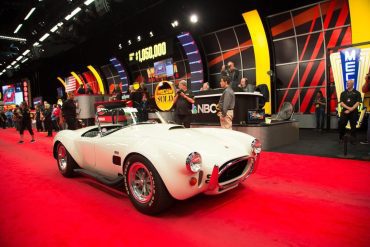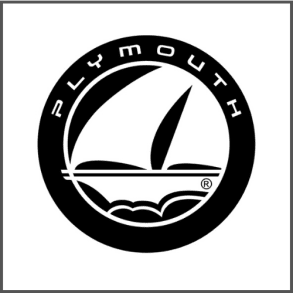
Plymouth
Research, Models, History, Reviews, Media & More
Model List & Guides / Performance Data / Images & Videos / News & Updates
Plymouth: The Rise and Legacy of an American Automotive Icon
Plymouth, once a cornerstone of the American automotive industry, is a brand that left an indelible mark on car culture. Known for its affordability, innovation, and contribution to the muscle car era, Plymouth became a symbol of American motoring from its inception in the late 1920s until its discontinuation in 2001. This post explores the founding of Plymouth, its rich history, the iconic models that defined the brand, and the milestones that cemented Plymouth's place in automotive history.
The Founding of Plymouth: A Vision for Affordable Motoring
Plymouth was introduced by Chrysler Corporation in 1928 as a lower-priced, entry-level brand designed to compete with Ford and Chevrolet in the burgeoning market for affordable cars. Walter P. Chrysler, the founder of Chrysler Corporation, saw an opportunity to create a brand that would offer reliable and well-engineered vehicles at a price accessible to the average American family.
The first Plymouth car, the Model Q, debuted on July 7, 1928. It was marketed as a car that offered more features and better quality than its competitors at a similar price point. The Plymouth name was chosen to evoke a sense of American heritage, drawing inspiration from Plymouth Rock and the pioneering spirit of the early settlers.
The Evolution of Plymouth: A Legacy of Innovation and Performance
Over the decades, Plymouth became known for its innovative features and wide range of models, catering to various segments of the market. Here’s a look at some of the key models and milestones in Plymouth’s history:
Plymouth Model U (1929):
The Model U was an early success for Plymouth, featuring hydraulic brakes—an innovation at the time that offered improved safety over mechanical brakes. This model helped establish Plymouth as a brand that offered advanced technology at an affordable price.
Plymouth Deluxe and Special Deluxe (1939-1942):
These models were among the best-selling cars in the United States before World War II. The Deluxe and Special Deluxe were known for their durability, reliability, and comfort, making them popular choices for American families.
Plymouth Cranbrook (1951-1953):
The Cranbrook was part of Plymouth’s post-war lineup and was designed to offer a blend of style and practicality. It was available in several body styles, including a convertible, and featured modern styling cues that appealed to the burgeoning middle class.
Plymouth Fury (1956-1978):
The Fury started as a high-performance, limited-edition model and eventually became a full-fledged model line. The 1957 Fury, with its sleek design and powerful V8 engine, became an icon of 1950s automotive style. The Fury gained additional fame through its appearance in Stephen King's novel Christine.
Plymouth Valiant (1960-1976):
The Valiant was one of the first compact cars produced by an American manufacturer, offering economy, practicality, and durability. It was highly successful and laid the groundwork for Plymouth's reputation as a producer of affordable, reliable cars.
Plymouth Barracuda (1964-1974):
The Barracuda was one of the earliest muscle cars, debuting just weeks before the Ford Mustang. It featured a distinctive fastback design and powerful engine options, making it a favorite among performance enthusiasts. The 1970-1971 'Cuda models are especially prized by collectors for their aggressive styling and high-performance engines.
Plymouth Road Runner (1968-1980):
The Road Runner was designed to offer muscle car performance at an affordable price. It featured a powerful V8 engine, minimalist interior, and a focus on raw speed. The Road Runner's cartoon mascot and "beep beep" horn added to its charm and popularity.
Plymouth Superbird (1970):
The Superbird was a highly modified version of the Road Runner, designed for NASCAR racing. With its aerodynamic nosecone and tall rear wing, the Superbird became an icon of the muscle car era and a sought-after collector's item.
Plymouth Duster (1970-1976):
The Duster was a compact, sporty car that appealed to younger buyers. It offered a combination of affordability, style, and performance, with engine options ranging from an economical six-cylinder to a powerful V8.
Plymouth Prowler (1997-2001):
The Prowler was a modern take on 1930s hot rods, featuring a unique and retro-inspired design. It was one of the last models produced by Plymouth and remains a symbol of the brand's creativity and willingness to take risks.
Special Milestones and Achievements
Throughout its history, Plymouth achieved several milestones that solidified its place in automotive history:
First Rubber-Mounted Engine (1931): Plymouth introduced the first mass-produced car with a rubber-mounted engine, significantly reducing vibrations and improving ride comfort.
NASCAR Success: Plymouth cars, particularly the Superbird, had a strong presence in NASCAR during the late 1960s and early 1970s. The Superbird, driven by legends like Richard Petty, dominated the NASCAR circuit, further enhancing Plymouth’s performance image.
Safety Innovations: Plymouth was a pioneer in vehicle safety, introducing features like the "Safety-Rim" wheel in 1941, which prevented tires from coming off the rim in case of a blowout.
The End of an Era: Despite its many successes, Plymouth struggled in the 1990s as competition intensified and consumer preferences shifted. Chrysler officially discontinued the brand in 2001, with the last model produced being a Neon.
Plymouth's Enduring Legacy
Even after its discontinuation, Plymouth remains a beloved brand among car enthusiasts and collectors. Models like the Barracuda, Road Runner, and Superbird are celebrated as some of the greatest muscle cars of all time, and Plymouth’s contributions to automotive innovation are still recognized today. The brand’s focus on affordability, reliability, and performance made it a significant part of American automotive history, and its legacy lives on in the hearts of car lovers around the world.
Conclusion
Plymouth's story is one of innovation, performance, and a deep connection to the American automotive landscape. From its founding as a budget-friendly brand to its role in the muscle car revolution, Plymouth played a pivotal role in shaping the cars we know and love today. Although the brand is no longer in production, its legacy continues to influence the automotive world, reminding us of an era when cars were not just vehicles but symbols of freedom, power, and style.
Plymouth Basics
Produced by: Chrysler Corporation
Introduced: July 7, 1928 by Walter Chrysler
Discontinued: June 29, 2001
Markets: North America
Previous owners: Chrysler Corporation (1928–1998), DaimlerChrysler (1998–2001)
Did You Know
Plymouth was introduced by Chrysler in 1928 as a low-cost alternative to more expensive models, aiming to provide affordable and reliable cars to the average American consumer. The brand was named after Plymouth Rock, a symbol of American heritage and freedom, reflecting the brand's goal of providing cars that were accessible to all Americans.
In 1931, Plymouth introduced the first mass-produced car with a rubber-mounted engine, which significantly reduced vibrations and made the ride smoother and more comfortable.
Plymouth played a significant role in the muscle car era of the 1960s and 1970s. The Plymouth Barracuda, introduced in 1964, was one of the first muscle cars and became famous for its high performance and sleek design. The Plymouth Superbird, introduced in 1970, is one of the most iconic and recognizable muscle cars ever made. With its aerodynamic nosecone and tall rear wing, it was designed for NASCAR racing and became a collector's favorite.
Plymouth was officially discontinued in 2001, with the last model produced being a Neon. The brand had struggled with declining sales in the 1990s, leading Chrysler to phase it out.


